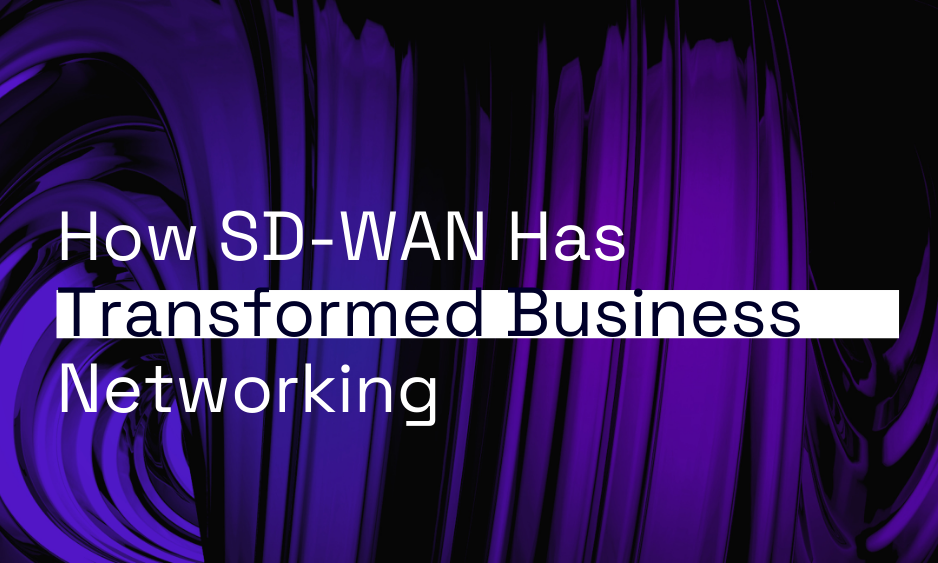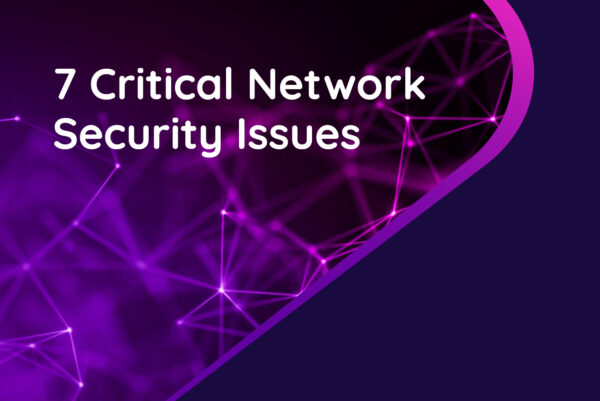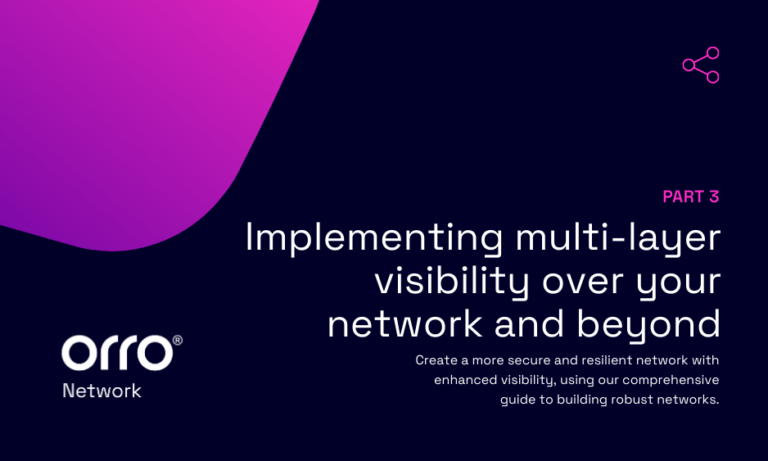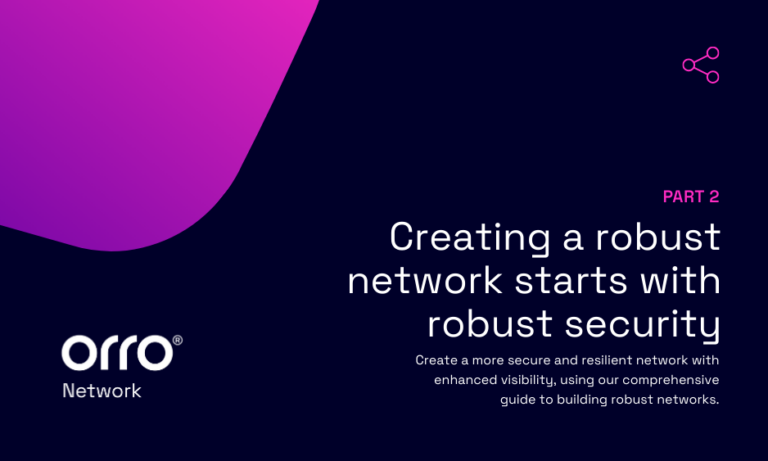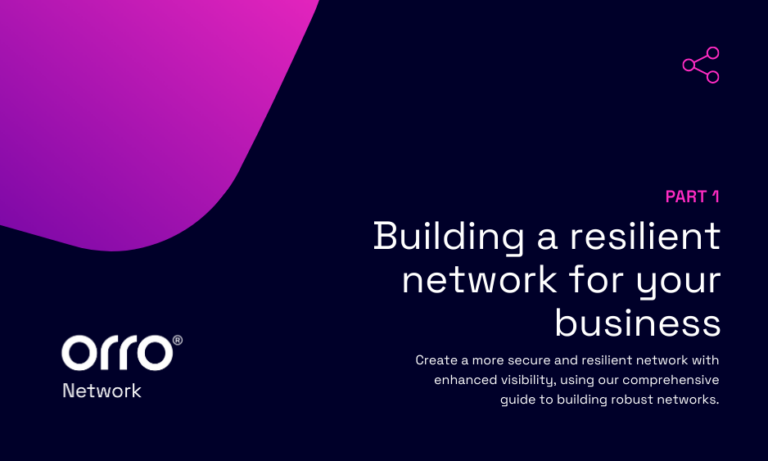It’s a truth universally acknowledged that just as the sun will rise in the East, service provider renewals will roll around before you’ve had a chance to properly consider your options. For some business services, allowing the contract to roll over may be a safe bet. But reviewing your WAN environment well before the end of your contract term can hugely benefit your network and business outcomes alike.
One of the biggest missteps we see companies make is sticking with their status quo because it is “tried and true”. The problem is, failure to properly review things before the contract ends leads to significant cost inefficiencies and to network systems that don’t best serve the business’s evolving needs. Procurement always takes longer than you expect. Don’t get stuck with an ill-fitting network solution just because you ran out of time for a strategy review!
Future-proof Your Network Architecture at Renewal Time
Regardless of whether you stick with your existing solution or move to a new one, the most useful thing you can do before the end of your contract term is to review what’s working and what’s not.
Many businesses have legacy MPLS contracts and MPLS is a well-loved network solution for good reason. But relying on MPLS alone is the norm of a bygone era in which branch offices sent traffic to a central headquarters or data centre. In a world where workers want and, in this remote work era, need direct access to the cloud, legacy network solutions may no longer make the best business sense. There are a number of reasons why CIOs are now looking to explore alternative or hybrid network solutions:
When undertaking a review of your WAN environment there are four key things you’ll want to consider:
1. Bandwidth
One of the most important aspects of a strong, future-proofed architecture is ensuring you have a bandwidth that’s the right fit for your business needs. Before you do anything else, you should ask yourself:
- Which of our internal applications require Quality of Service?
- Are these QoS applications bandwidth-constrained?
- What bandwidth is required and used by these applications on a regular basis?
High bandwidths are hard to achieve with MPLS alone and if you’re looking to upgrade your MPLS bandwidth you will likely find it difficult or extremely costly to do so. Lengthy installation lead times also make MPLS bandwidth upgrades a painful affair.
SD-WAN technology pips MPLS to the post when it comes to bandwidth – offering flexible and cost-effective solutions to increase capacity and performance.
If you’re not sure how much bandwidth you really need, or what QoS requirements your internal applications have, then it’s vital you get a big hit of Number 2 on our list:
2. Visibility
Where is your traffic going? Does your business – as it is now – still have legacy QoS requirements, or is the lay of the land different today? Is productivity being hampered by insufficient bandwidth, and what is that costing your company?
Implementing an SD-WAN system or hybrid MPLS/SD-WAN solution will answer all that for you, and much, much more. Even if you end up retaining MPLS for carriage, implementing SD-WAN alongside it is your best bet for understanding exactly what is going on behind the scenes. SD-WAN equips you with the power of “knowing what’s going on”. Without that insight, sound decision-making around your WAN and provider is much more difficult.
There’s a wealth of options available to you, so finding the right one is important. You could supplement MPLS with low-cost internet grade carriage for additional bandwidth and then “right-size” (or drop altogether) the MPLS component to save money. While MPLS has many benefits, it will cost you more, every time. Whenever you backhaul your data, transactions, and workflows to an MPLS data centre for redistribution – that hub and spoke model costs money. MPLS capacity is pricier than internet capacity, so routing through an MPLS centre is financially inefficient when compared with an SD-WAN solution. SD-WAN technology generally lowers costs by 30 to 50% and eliminates the need for expensive network equipment and routers. Well worth considering when contract-signing time rolls around.
3. Network Performance
Once you’ve implemented SD-WAN – either alone or in tandem with MPLS – the visibility you gain over your systems will allow you to ask more detailed questions about your business needs and how they relate to network services.
- Would your business benefit from flexible/dynamic bandwidth capacity?
- Would your business benefit from increased network resilience?
- Would your business benefit from increased security?
It’s from here you can really start to design a network architecture that supports the specific needs of your organisation.
MPLS in tandem with SD-WAN allows for better network performance and increased availability by enabling multiple links to be integrated and by automatically directing traffic over available links if one fails.
This pairing also helps lower costs. Because not all applications need high performance MPLS links (for example internet applications), a mixed SD-WAN/MPLS is a great money-saving option.
4. Service Assurance
Lots of things are better when there’s more than one of them. M&Ms. Dollars. Twins. This goes for circuits too: Two access links are always better than one. Service assurance is Number One in most CIOs’ minds, and many are under the assumption that an “internet-grade service” cannot possibly be as good as an MPLS one.
The reason this view is outdated is that the majority of WAN traffic is now internet or cloud-based and offers no QoS after it leaves the central network/MPLS anyway. Internal VOIP aside, very few companies require QoS on internal applications and most are actually bandwidth-constrained rather than QoS-limited.
One MPLS circuit is a point of potential failure. While many companies back up their MPLS networks via a DGP and VPN, this means even greater cost for a solution that is rarely called upon. When the MPLS network does go down, these untested failover solutions often won’t work as expected and 3G and 4G backup will offer no Quality of Service.
SD-WAN solutions rely on multiple internet access links and have full oversight of the condition of those links at all times.
Better still? Double your service assurance with a SD-WAN combo.
Your Network Architecture Checklist
When service renewal time comes around it can be hard to get your ducks in a row early enough to make a fully informed decision about the right WAN environment for your business. The procurement process takes so long that by the time you have completed your review, you may be facing commercial penalties from your provider that make it difficult to move away from your existing solution.
The best way forward is to know what you want well in advance of the contract renewal, so you get the best deal and best network solution possible. You can make a full switch to SD-WAN or your existing MPLS services can be integrated into a new SD-WAN environment and combined with other MPLS or internet services. As well as bandwidth, visibility, network performance, and service assurance, you’ll also need to consider the flexibility, remote access requirements, and security of your WAN of choice.
If you’d like to know more, check out our post on the key benefits of SD-WAN. Or you can get in touch with us for a free network assessment to help you identify what’s important to your systems, help you achieve visibility over your network architecture, make significant savings, and improve bandwidth.


